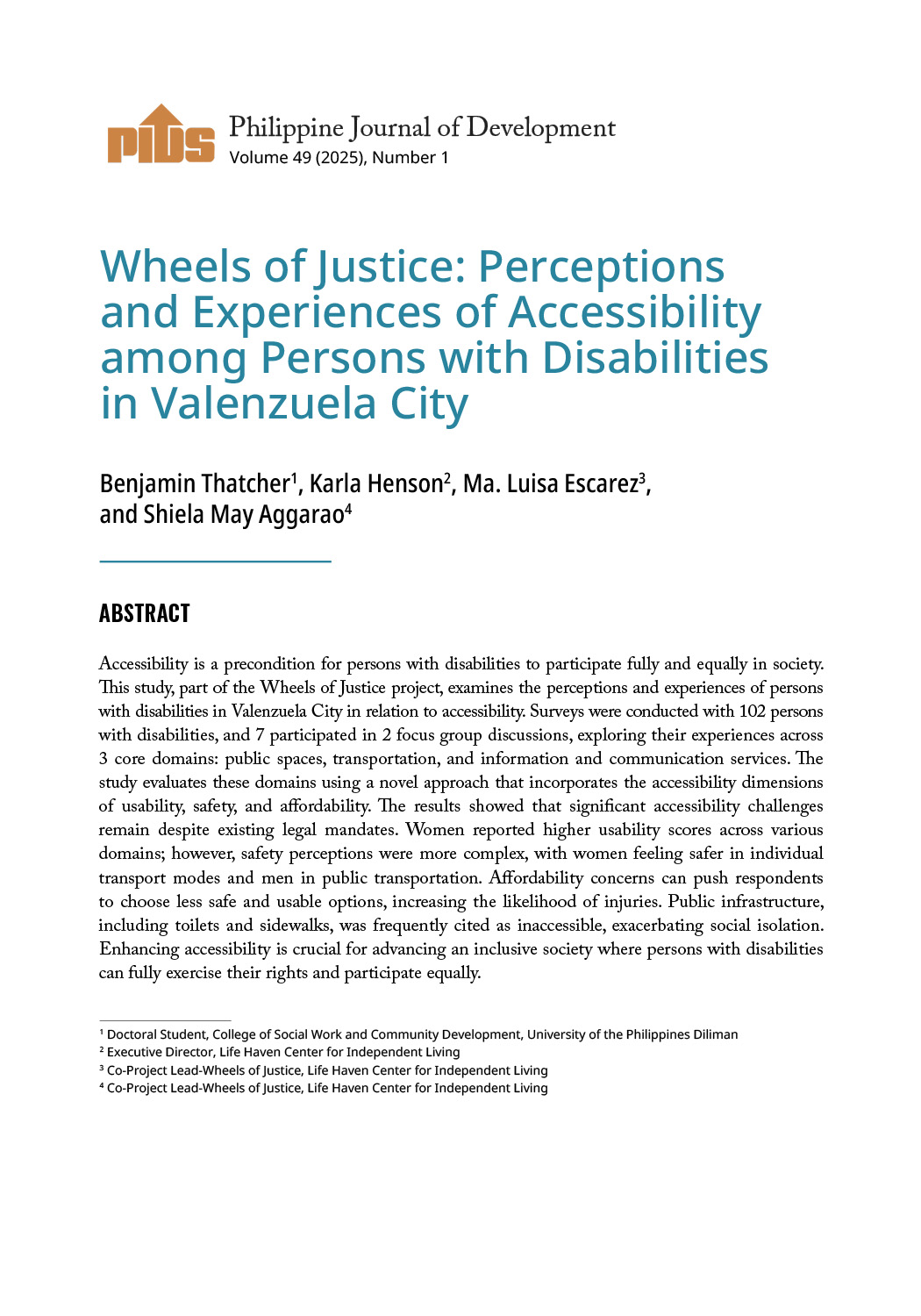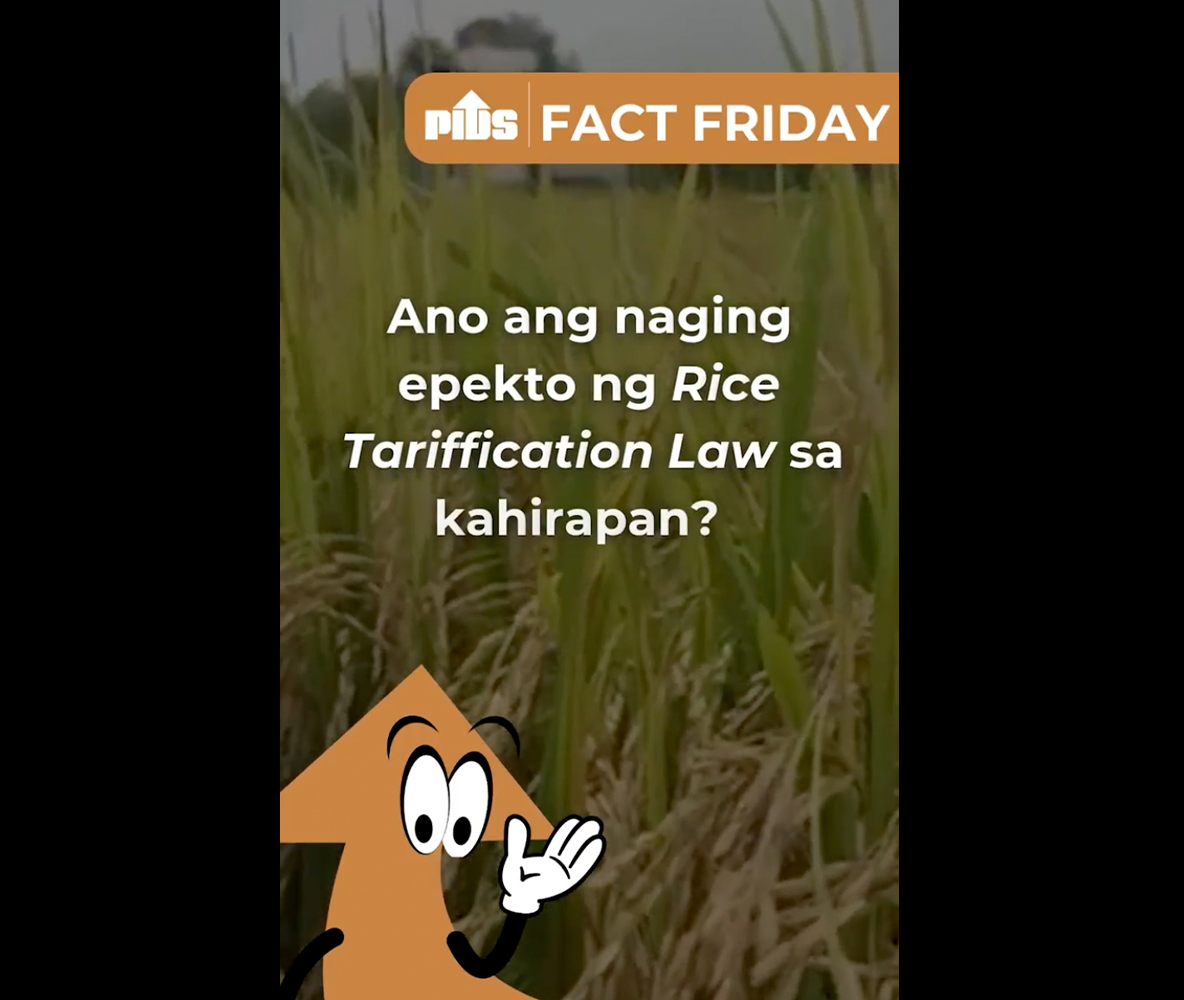The country has been trying to come up with a national land use law for three decades now, but to no avail.
According to the Department of the Environment and Natural Resources (DENR), the country is already lagging in the implementation of a national land use law.
The Philippines has 30 million hectares of land and inland waters. Imagine the pressure on our land resources given the growing population of over 108 million people fighting for its use, whether it be for agriculture, for shelter, for commercial or for industrial use.
Recognizing the need to enact a systematic way of managing resources, communities, civil societies and government agencies have long called for the passage of the National Land Use Act (NLUA).
There have been different versions of a National Land Use Act (NLUA) bill in the House of Representatives since 1994.
Finally during the 19th Congress, House Bill 8162 or the proposed NLUA was approved by the House of Representatives on May 22, 2023. Two days later, it was forwarded to the Senate committee on environment, natural resources and climate change.
For the past 29 years, various versions of the NLUA have been proposed and submitted to both Houses, albeit with no success. But now, the Philippines is one step closer to having one, according to Las Piñas City Councilor Mark Anthony Santos.
Santos revealed that the NLUA bill was approved by a vote of 262-3-0 (yes-no-abstain) during the plenary session held on May 22, 2023.
The approved House bill was sent to the Senate on May 24, 2023, requesting for concurrence and referred to the committees on environment, natural resources and climate change; urban planning, housing and resettlement and finance. The secondary committees are urban planning, housing and resettlement.
However, it remains pending at the committee level at the Senate, Santos said.
Surigao del Norte Rep. Francisco Jose Matugas II, principal author of the House bill, emphasized that the problem with the NLUA is that while it affects all sectors of the country, everyone has been pushing for their own agendas.
Matugas said that land developers want a less restrictive provision when it comes to converting agricultural lands for commercial purposes.
He explained that once this law is passed, certain lands will be excluded from development and this is one of the main reasons why the NLUA bill has not become law.
According to the Senate version filed by Sen. Risa Hontiveros, prime agricultural lands shall be maintained, managed and protected for agricultural purposes and shall not be subjected to any form of conversion or reclassification.
Matugas said that the enactment into law of the bill would prevent another case of over-development similar to what happened in Boracay Island.
The bill will institutionalize a national land use policy which is still a government priority, according to NEDA Secretary Arsenio Balisacan, who noted that the government has been trying to pass the NLUA for so many decades, but tensions between national and local levels pose a challenge.
Sen. Raffy Tulfo previously said he has evidence to prove that farmlands in several localities have been converted into subdivisions, which is why he wants the NLUA enacted into law.
In a recent study, the Philippine Institute for Development Studies (PIDS) noted that land use misgovernance in the country arises due to the non-institutionalization of a national level framework for land use and the lack of harmonization of sector-specific laws on land resources.
It pointed out that the effort to push for the NLUA is almost three decades old and advocates are finding it difficult to hurdle the legislative process.
PIDS explained that conflicting uses arise when the same parcel of land is deemed allocated for one purpose but is actually being used for another purpose. This happens when land supposedly reserved for food security is used for shelter and industrial or commercial uses.
No wonder that the country is finding it next to impossible to attain food security and self-sufficiency.
The study cited data from the National Irrigation Authority which revealed that total irrigation service areas that had been converted to non-agricultural uses from 2012 to 2022 already reached 620,399 hectares, with Central Luzon having the largest area of converted lands.
It also revealed that changes in land use between 2015 and 2020 suggest a non-optimal utilization of land, with land cover considered as barren increasing significantly by 31.67 percent and land for annual crops, perennial crops and fishponds or land used primarily for food production declining by 2.86 percent, 0.16 percent and 3.16 percent, respectively. Meanwhile, areas classified as inland water declined by 3.69 percent, suggesting that some inland water bodies have been developed or reclaimed and became part of built-up areas, it added.
Total farm area declined and the average farm size got smaller from 2002 to 2012, it added. The total area of farm parcels went down by 24.8 percent while from an average size of 1.28 hectares per farm parcel in 2002, average farm size declined to 0.92 hectare in 2012, implying that economies of scale and scope in farming are getting more difficult in the Philippines, the study emphasized.
A land use policy has to be at the national level and backed by legislation. It cannot be left to the whims and caprices of different government agencies, local government units, interest groups, private developers and businesses.












